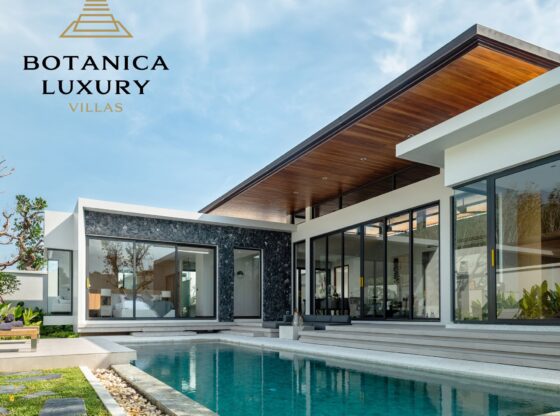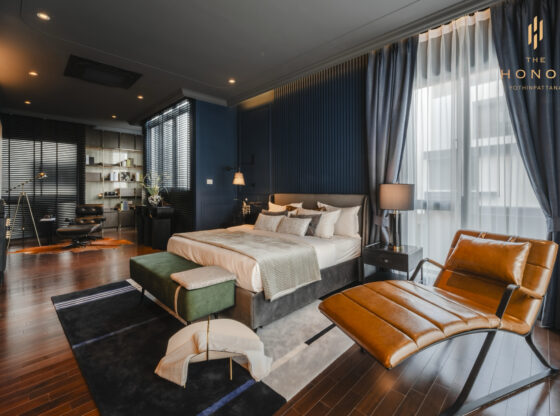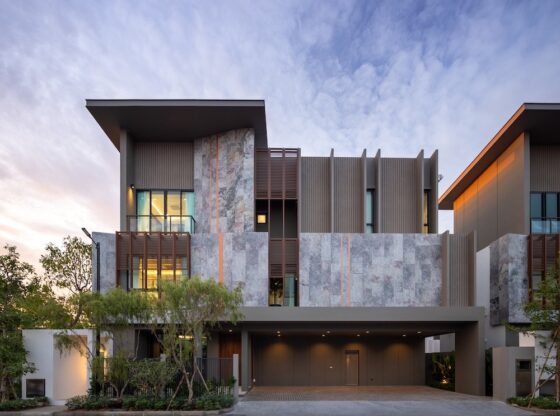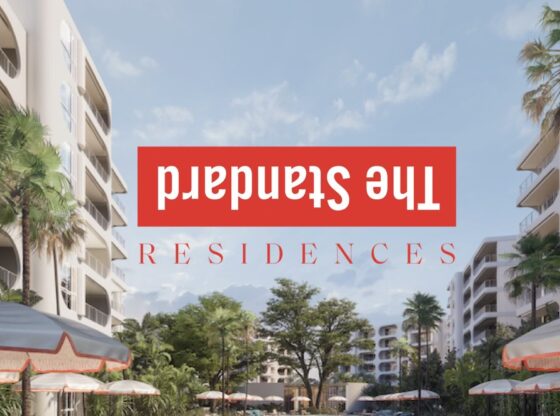![]()
Worldwide lockdowns and restrictions on being able to enter or participate in an office environment have obviously had an immediate impact and have forced employees to work from home. As a status quo scenario, this can be seen as a temporary impact and once ‘the coast is clear’ people will start re-entering the workplace, and life will go back to normal, right?
In my opinion, the answer is a resounding ‘no’.
I believe one thing this COVID scenario has shed light on is that a large proportion of office workers and their employers have now seen how effectively people can work remotely. Given the technological age we now live in, people are able to manage their own workflow effectively at home, and tools such as Zoom conferencing, emails, mobile phones, and group chats, etc. allow people to effectively work in a team environment without having to be physically in an office environment together.
Of course, none of these tools are new, however, I believe employers and managers are now able to see their full potential in creating an effective workplace while mostly working remotely from home.
I also believe employees being able to work from home are able to manage their time better and work under a less pressurized work environment making them more effective. Some employees may now find they work more effectively starting work at 6 am or may find they’re more productive if they have a nap for a couple of hours in the afternoon and simply work later into the evening. Everyone works differently and now that we’re being taken out of a traditional work environment, we’re finding what makes us more comfortable and more productive.

So what does this mean for the future of traditional offices?
If we take for example a small business with 20 employees – if it isn’t essential for 15 of these employees to be in the office working, why would you lease a space that can accommodate every employee?
As long as you have a few non-assigned work stations available in case someone needs to come in as well as essential admin staff and perhaps an office manager, isn’t that enough?
So are smaller offices in the future?
I believe so. Why pay 1,500 THB per sqm for 150 square meters to accommodate 20 employees when you could rent 70 sqm to accommodate 5 in-house staff?
I’m sure none of this is lost on commercial landlords at the moment. With the world sinking into an economic depression the prospects of keeping or finding new tenants is a daunting enough task even without taking into account this new realization of being able to work effectively from home. Business owners are going to be looking at every aspect of their business models trying to cut corners and shave overheads wherever possible. Cutting back on overheads such as un-needed office space seems like one of the first things a business owner would look at. So what are the commercial landlords to do? Cut rents, of course.
Slashing rental prices of course slashes the value of the property itself. With any commercial property, a reduced ROI (return on investment) means a reduced overall value of the property. So will this have a knock-on effect with residential property values as well?
By definition, commercial property is one that produces income and consists of office space, retail, and any other complex where the buildings are primarily owned by investors seeking rental returns. Similar to the residential sector, commercial tenants pay rent each month for their occupied space. So what’s the difference?
For starters, commercial property value is determined by the income it generates and mostly being valued with the benefits of immediate rental income. Of course, the land most commercial property sits on is also of very high value, but as most commercial property is in a ‘high street’ location, we can assume the land value between commercial properties is all comparable. The real value of the commercial property is determined by how much an investor is willing to pay based on the return on investment. Another factor in determining a commercial property’s value is the quality of tenants and their likelihood of going bust…and this is where we find ourselves today.
Residential property is a bit of a different animal. Rental investment residential properties (properties that are bought and owned for rental income) can somewhat fit the same mold as the above commercial scenario, but the majority of residential owners are private owners using their property for their own residence. It’s not a simple numbers game, rather one based on the quality of life and the needs and wants of their residential environment.
So whereas I do see commercial property rents coming down considerably, and in turn, their sellable value, I believe residential properties will hold their own a bit better.
That’s not to say we may not see a fall in property prices worldwide – as optimistic as I try to remain, I think that’s more wishful thinking than anything. However, we shall all just have to wait and see – consumer confidence is always a key factor in economies, so as long as people are feeling optimistic and confident and continue spending money, hopefully, we won’t see too much of a long term economic downturn.
By Stu Sutton
Stu Sutton is managing director of Jomtien Property and has worked exclusively in the Pattaya/Jomtien real estate market for 16 years.
Please feel free to contact him with any queries, compliments or good jokes at
086 108 6575, [email protected]
or visit Jomtien Property’s website at www.jomtien-property.com












